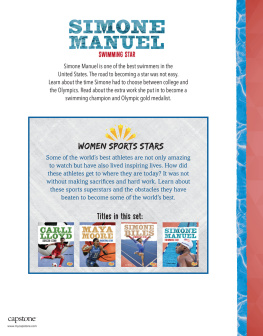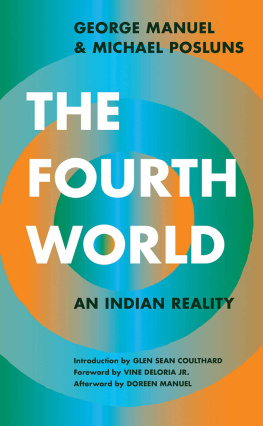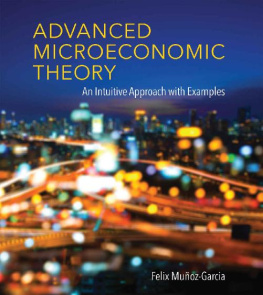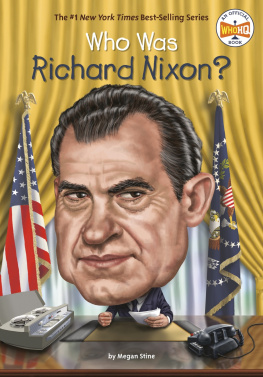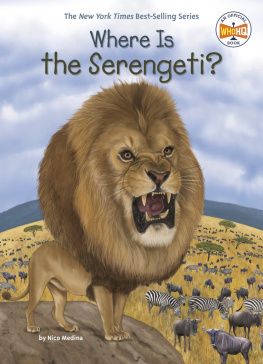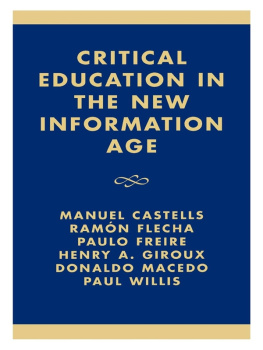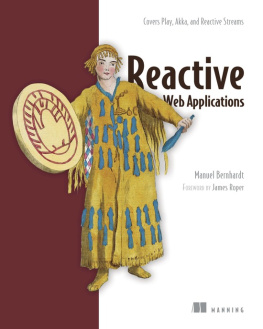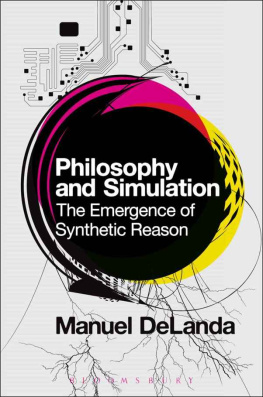Manuel Munoz - What You See in the Dark
Here you can read online Manuel Munoz - What You See in the Dark full text of the book (entire story) in english for free. Download pdf and epub, get meaning, cover and reviews about this ebook. year: 2011, publisher: Algonquin Books, genre: Art. Description of the work, (preface) as well as reviews are available. Best literature library LitArk.com created for fans of good reading and offers a wide selection of genres:
Romance novel
Science fiction
Adventure
Detective
Science
History
Home and family
Prose
Art
Politics
Computer
Non-fiction
Religion
Business
Children
Humor
Choose a favorite category and find really read worthwhile books. Enjoy immersion in the world of imagination, feel the emotions of the characters or learn something new for yourself, make an fascinating discovery.

- Book:What You See in the Dark
- Author:
- Publisher:Algonquin Books
- Genre:
- Year:2011
- Rating:3 / 5
- Favourites:Add to favourites
- Your mark:
- 60
- 1
- 2
- 3
- 4
- 5
What You See in the Dark: summary, description and annotation
We offer to read an annotation, description, summary or preface (depends on what the author of the book "What You See in the Dark" wrote himself). If you haven't found the necessary information about the book — write in the comments, we will try to find it.
What You See in the Dark — read online for free the complete book (whole text) full work
Below is the text of the book, divided by pages. System saving the place of the last page read, allows you to conveniently read the book "What You See in the Dark" online for free, without having to search again every time where you left off. Put a bookmark, and you can go to the page where you finished reading at any time.
Font size:
Interval:
Bookmark:
WHAT YOU SEE IN THE DARK
Also by Manuel Muoz

The Faith Healer of Olive Avenue
Zigzagger
IN THE DARK

A NOVEL BY
MANUEL MUOZ

Published by
ALGONQUIN BOOKS OF CHAPEL HILL
Post Office Box 2225
Chapel Hill, North Carolina 27515-2225
a division of
Workman Publishing
225 Varick Street
New York, New York 10014
2011 by Manuel Muoz.
All rights reserved.
Printed in the United States of America.
Published simultaneously in Canada by
Thomas Allen & Son Limited.
Design by Anne Winslow.
A small portion of this novel appeared, in slightly different form,
as Sweet Talk in Review: Literature and Arts of the Americas.
Last Seen from Fate by Ai. Copyright 1991 by Ai.
Used by permission of W. W. Norton & Company, Inc.
This is a work of fiction. While, as in all fiction, the literary
perceptions and insights are based on experience, all names,
characters, places, and incidents either are products of
the authors imagination or are used fictitiously.
Library of Congress Cataloging-in-Publication Data
Muoz, Manuel, [date]
What you see in the dark : a novel / by Manuel Muoz. 1st ed.
p. cm.
ISBN 978-1-56512-533-9
1. Couples Fiction. 2. Motion pictures Production and
direction Fiction. 3. Bakersfield (Calif.) Fiction.
4. California History 18501950 Fiction. I. Title.
PS3613.U69W47 2011
813.6 dc22
2010038452
10 9 8 7 6 5 4 3 2 1
First Edition
For Stuart Bernstein
If the thirst for love
is not the thirst for death, what is it?
Ai, Last Seen
WHAT YOU SEE IN THE DARK
If you had been across the street, pretending to investigate the local summer roses outside Hollidays Flower Shop, you could have seen them through the cafs plate glass, the two sitting in a booth by the window, eating lunch. You could have seen them even if you had been inside the shop, peering from behind the window display of native Bakersfield succulents, wide-faced California sunflowers, blue flax in hanging pots. The two of them sat in full view of everyone passing by, minding their own business. Their mouths moved alternately in long, drawn-out soliloquies, or sometimes they paused and deliberated, as if they had to choose their words carefully, grinning if they spoke at the same time. The girl was eating a thin sandwich and taking short sips from a thick glass of cola. The man ate with a knife and fork, his elbows up in a sawing motion, his eyes sometimes looking down to concentrate.
He was the most handsome man in town for sure, and his mother owned a little motel out on the highway. He always seemed to be wearing only brand-new shirts: no one could keep shirts that color, that softness, time after time, hanging them to dry stiff on a backyard line.
He would be a good man to marry.
They were eating in the caf located on one of the choice corners on a better stretch of Union Avenue, the caf that still had the plate-glass windows all the way down to the sidewalk, one of the few places that still did after the52 earthquake. You could see the entire booth through those windows: the table, the red vinyl, their dishes, the waitresss white shoes when she came by to check on them, how the girl crossed her feet and rocked them nervously. She was not dressed as crisply as he was. Even if her clothes looked clean and pressed, you could tell right off that the day she began wearing nice things around town was the day the two of them had done more than talk and have lunch. His mother, whom everybody knew, had worked at the caf since before the earthquake, and the waitresses who served him at any of the shiftsbreakfast, lunch, dinner, or late-night coffee and cherry piehad all known him as a boy, so it was hard to tell if their attentions to him were motherly or something more flirtatious.
And yet the one to grab his attention was that skinny brown girl who lived above the bowling alley. Always on foot, always staring into the windows of the record shop, of the TG&Y, of the furniture store, of the Rexall, even of the shoe store where you worked, as if she hadnt set up the displays herself. A very plain girl, not too tall, with slender hips, and hair as dark as her mothers. Her mother had worked at the caf, toowith his mother, in factalmost eight or nine years ago. No doubt his mother remembered.
You could see that girl walking to work at the shoe store, back and forth, going to her apartment during the lunch hour, then home again by the end of the day, no matter what the Valley weather brought: summer heat, fall rains, the terrible winter fog. Even in late November and December, when the sun had gone down by near five oclock and the streets fell dark, she would walk home alone after the store closed. And thats how it should have stayed, a plain girl like that all alone.
But now this: a thin sandwich and Dan Watson, who was surely going to pay for it, then the waitress coming round with the dessert menu, the girl glancing at the clock, Dan urging her to choose something, then clearly instructing the waitress to hurry back. The waitress indulges him, of course, he being who he is, and comes back with two small silver dishes of vanilla ice cream. He leans over and spoons a small scoop of her ice cream into the cola glass. There is still a lot of soda left, the way she has been sipping it, savoring it. He points for her to take a taste and she does so warily, as if shes never tasted anything like it before. But you have to believe she never has, once that look crosses her face, an amused arch of her eyebrows and a nod of approval.
How people change when they get a taste of the good life! When suddenly the dollar bills in your hand can go for things you want instead of need. A fork-and-knife meal at the caf; scarves and pearl chokers; pendants and brooches; jewelry boxes with ballerinas springing to attention; that lovely sound of pushing rings and earrings and bracelets against each other while youre searching. Flowers from Hollidays like the good husbands do: tulips and Easter lilies from Los Angeles in the springtime, a wrist corsage for attending a wedding. A car trip over to the coast, to Morro Bay and the enormous, beautiful rock basking just off the shoreline. A day in Hollywood, the exhilaration of knowing movie stars breathe in the very same sunshine. Silk blouses brought home in delicate paper; dresses that require dry cleaning; lingerie so elegant it refuses to be scandalous.
Is that the life she knows she has ahead of her, the way she is sitting there, her feet rocking nervously after nearly a whole hour? Does she know how every young woman in town wants exactly this? Does she know that people turn their heads to watch them leave the caf, to watch him open the door of his Ford truck for her? Does she know people discuss what theyve seen, what his mother must think?
Summer carries on, the heat still scorching into September. Harvest time has arrived in Bakersfield and more people have come into town looking for work, whole caravans sometimes. Faces are not as familiar as before, not at the supermarkets, not on the downtown streets. Bakersfield is the open door to the southern part of the state, and the workers come pouring through. So many people have arrived that it becomes difficult to find parking spots, to buy fresh meat, even to get a bench at the Jolly Kone hamburger stand. But this will be short livedby the end of October, after much of the late-summer crop has been brought in from the fields, the town will go back to normal. The strangers will leave, counting their money, and Bakersfield will wait for those first few weeks of November when the sky goes gray and the fog rolls in over the coastal range and lingers for months on end.
Next pageFont size:
Interval:
Bookmark:
Similar books «What You See in the Dark»
Look at similar books to What You See in the Dark. We have selected literature similar in name and meaning in the hope of providing readers with more options to find new, interesting, not yet read works.
Discussion, reviews of the book What You See in the Dark and just readers' own opinions. Leave your comments, write what you think about the work, its meaning or the main characters. Specify what exactly you liked and what you didn't like, and why you think so.

